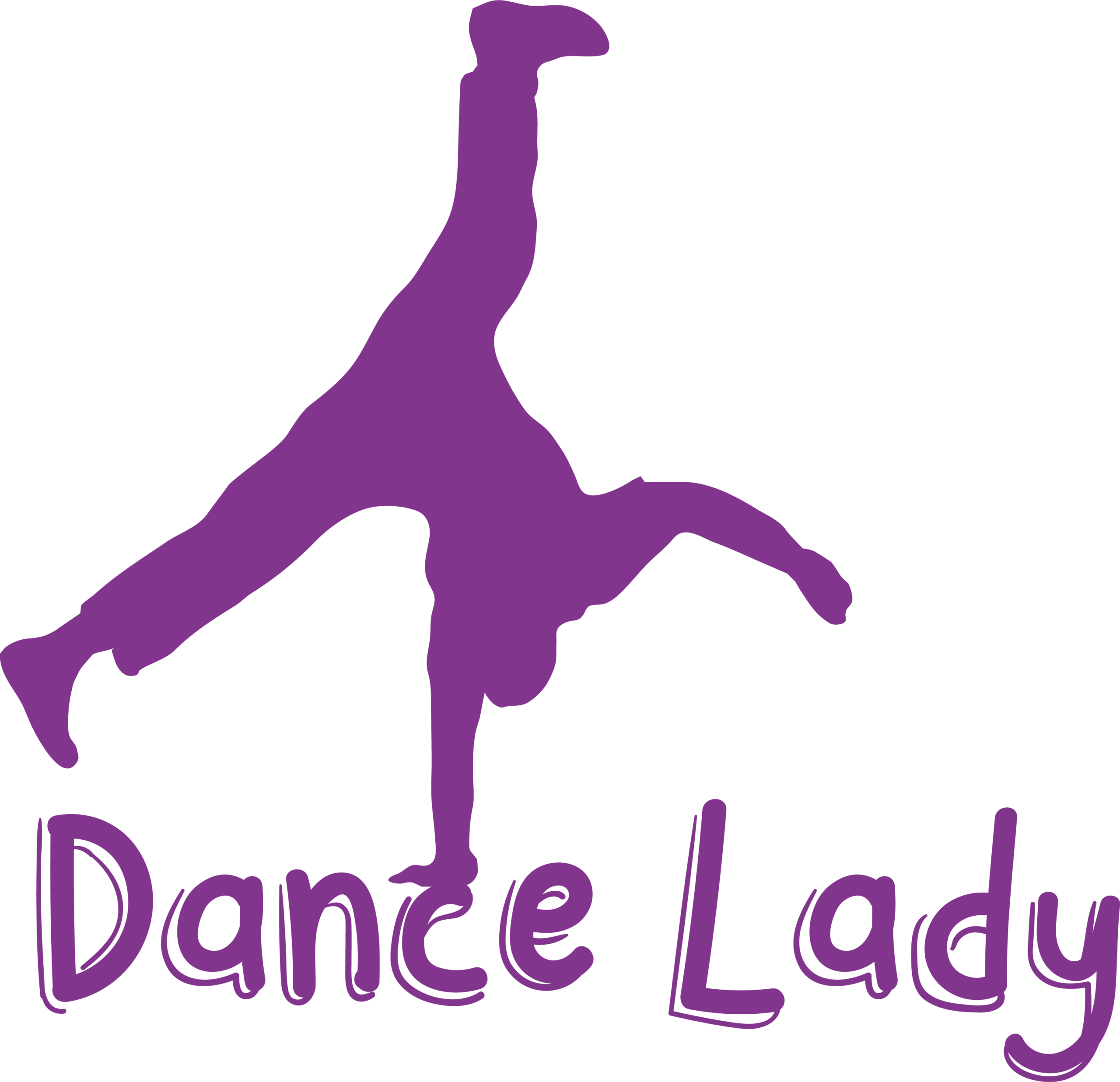Spatial Awareness
Currently, we are all very aware of social distancing and maintaining a distance between each other. However, when you are KS1, spatial awareness is nearly impossible !. When teaching kids Dance and fitness we need them to be in their own space, moving around generic space and also moving in and out of other people’s space. To do this effectively giving children the skills to learn about spatial moving its beneficial to use a variety of learning tools
I find Spatial Awareness is one is a concept that children find the longest to get an understanding of. I don’t think they find it hard to understand as I don’t think they even have a concept of Spatial relationship with themselves or objects, and then suddenly it clicks!
The lack of spatial understanding is no big surprise really as since from birth we as teachers, parents and guardians have placed them into groups or areas, we organize them into reading groups, walking lines, table groups etc. The key tool for the development of Spatial Understanding is vocabulary from this the natural order of process takes over. Below are some activities I have used.
Bubble Machine If you can use a Bubble pot and wand, this is really helpful as visually the children will get a better understanding of what you are asking them.
Start to make and blow bubbles around the room. Tell each child that they are a Balloon, floating, and drifting around the room. If they touch an object or become too close to another child, their Balloon will pop. After a period of time moving around the room add a Popper !, a chosen pupil walks around the room, Popping Balloons when that person is in a good space, the Popped Balloon sits down in that space, therefore making them ready for the next activity. To maintain social distancing use a pool noodle /woggle and use that to gently pop the children
The Space Bus. This is good for small groups, younger children, and a great way of learning names! The children are lined up behind you in a single file. Start to move around the room, you may walk, jump, hop, skip, however; this will allow the students to gain an understanding of the dynamics of the room, i.e. is it long and narrow, wide, are there areas of the room where equipment stands out, etc. At certain points stop the Space Bus and drop off a child (name use) tell that child to wait there at the Bus Stop. Move around the room until all children are at different bus stops.
Balloon Bubble: Sitting in a large seated circle legs stretched out with space between each other.
Ask a student to give me a number to blow up the bubble. Count to that number and each time move away from the middle, GENTLY blowing up the bubble. Once we have reached the number we stop. Return to the seated circle
Hoop Hangout; Each child has their own hoop placed on the floor in space. Encourage them to take ownership of their hoop, it’s their hangout! .No one else is allowed in their hoop. In the hoop, the child is allowed and encouraged to do anything they want ! the more creative the better! , dance, run on the spot, spin around, absolutely anything The hoop creates a safe area, an area the child can do what they want.
Make a Circle Song: I use this circle making song with reception and Year1s, Singing the words to the tune of Frere Jacques. After a couple of times of singing the words, the children will automatically form a hand circle
Make a circle, make a circle
Make it round, make it round
Come and join my circle, come and join my circle
Nice and round Nice and round
After the circle has been created you can send or position each student into a space.


Recent Comments